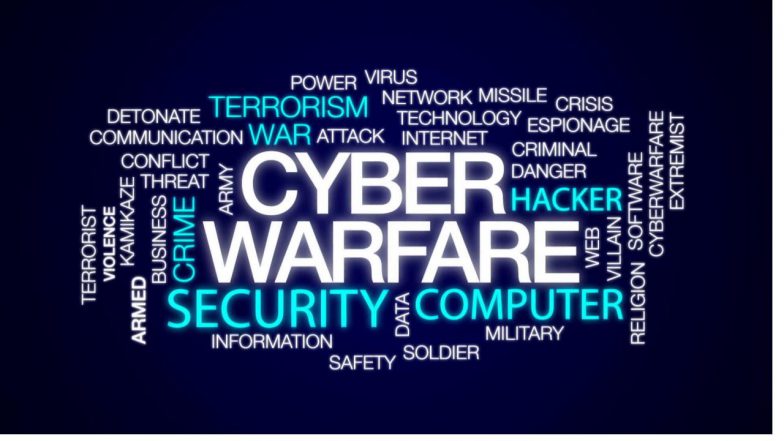Summary
The top challenges associated with cyberwarfare involve a mix of technical, legal, and human factors, making both defense and deterrence complex undertakings.
OnAir Post: Cyberwarfare
About
Source: Gemini AI Overview – 11/6/2025
- Attribution Difficulty: Identifying the true perpetrator of a cyberattack is extremely difficult, as attackers use sophisticated techniques like proxy servers and third-party systems to mask their origin. This ambiguity complicates retaliation and diplomatic responses.
- Lack of International Norms and Laws: Cyberspace is a relatively new domain of conflict with no universally accepted international rules or norms governing state behavior, leading to legal ambiguities and an “ad hoc” approach to cybersecurity.
- Protection of Critical Infrastructure: Modern society is highly dependent on interconnected critical infrastructure (power grids, financial networks, transportation, etc.), which presents a vast and vulnerable attack surface for state-sponsored actors aiming to cause widespread disruption and chaos.
- Rapidly Evolving Technology: The speed of technological advancement (e.g., AI, quantum computing) outpaces the ability of defense systems and legal frameworks to adapt, creating a never-ending race between attackers developing new methods and defenders trying to patch vulnerabilities.
- AI-Powered Threats and Deepfakes: Malicious actors increasingly leverage artificial intelligence to automate attacks, craft convincing social engineering campaigns, and generate deepfakes for disinformation campaigns, making them highly effective and difficult to detect.
- The Cybersecurity Skills Gap: There is a severe global shortage of skilled cybersecurity professionals, which means many organizations and governments struggle to implement and manage robust defense strategies against modern, sophisticated threats.
- Blurring Lines Between War and Peace: Cyberattacks can range from low-level espionage to highly destructive acts, making it difficult to determine what constitutes an act of war and how to respond without unintentionally escalating a conflict into a broader physical confrontation.
- Supply Chain Vulnerabilities: Compromising a single trusted supplier can grant access to numerous target organizations, as demonstrated by the SolarWinds attack. Securing these complex, interconnected supply chains is a major challenge.
- Non-State Actors and Asymmetry: The relatively low cost of entry into cyber warfare means that non-state actors (terrorist groups, criminal organizations, hacktivists) can challenge even powerful nations, complicating traditional deterrence models that focus on state-to-state conflict.
- Human Error and Social Engineering: Despite advanced technical defenses, human error remains a primary cause of breaches. Phishing and social engineering attacks exploit human trust, making ongoing user education and vigilance a continuous and difficult challenge.


